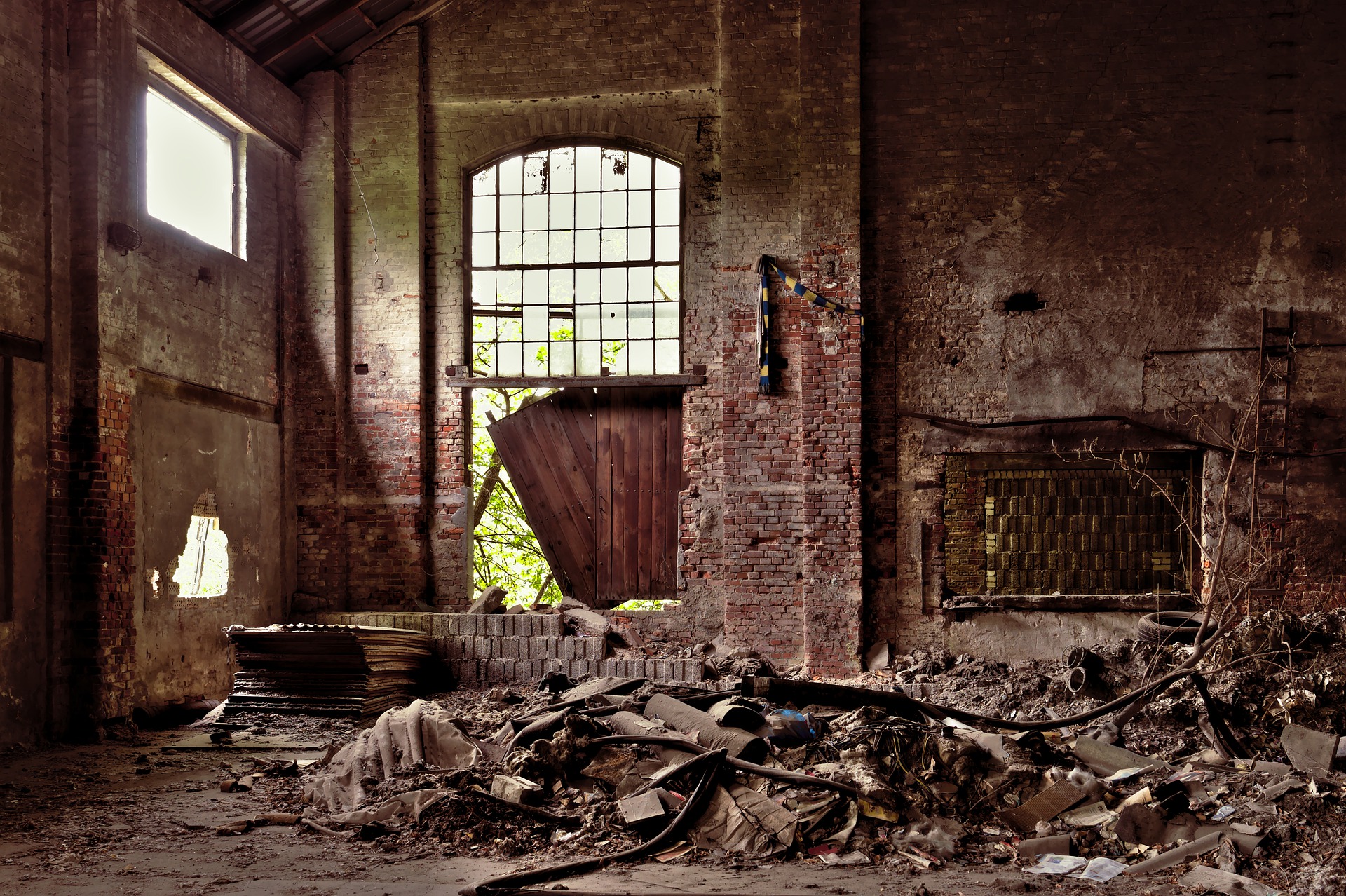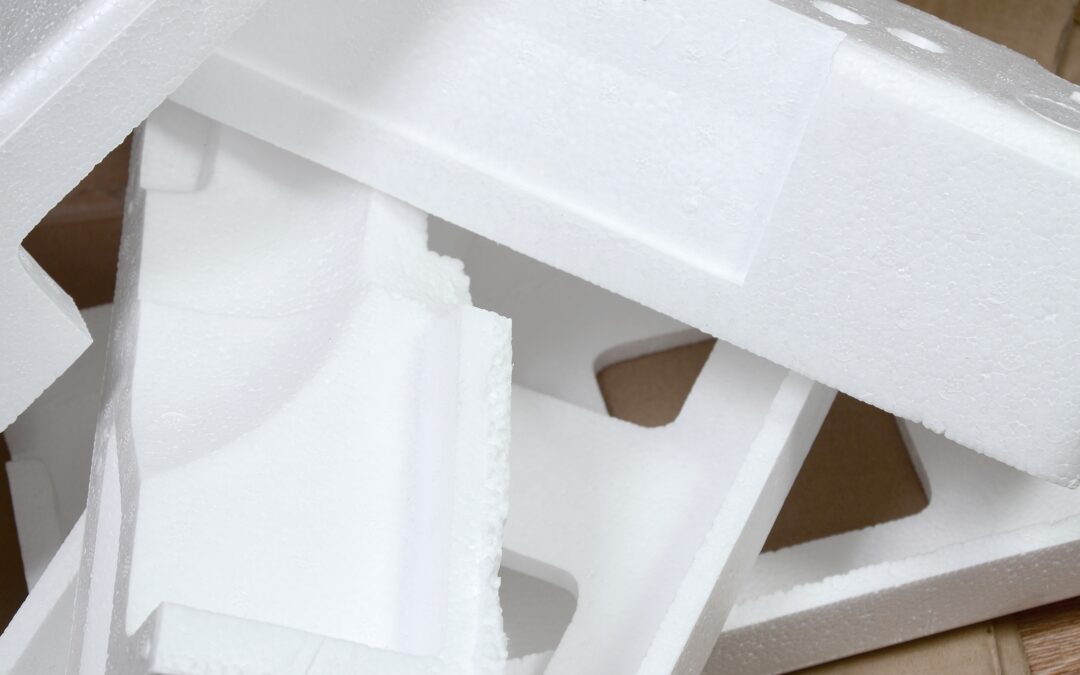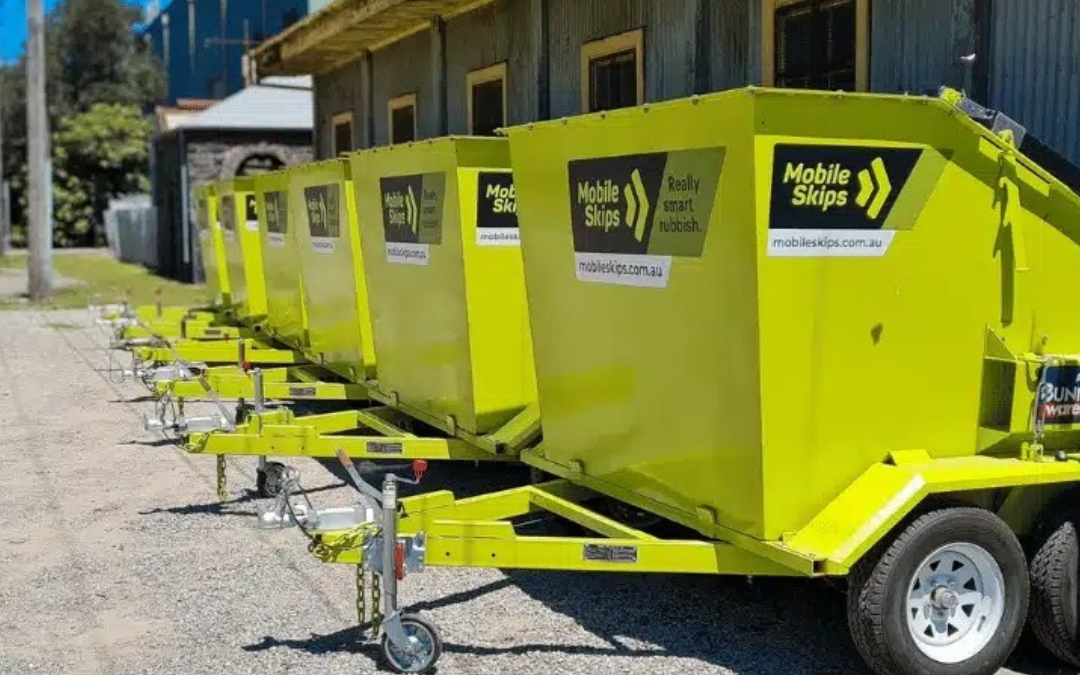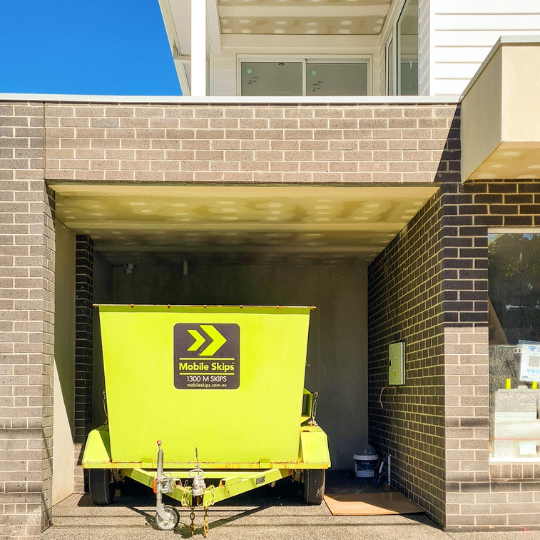Pollution levels of the Earth are on an ever-rising toll, and construction waste just adds to that. However, if you follow a few responsible practices, you can dispose of this building waste without polluting the environment. How is that possible?
Ways like construction waste recycling are some of the easiest methods of environment-friendly waste disposal. It may differ across regions as every country has varying regulations and requirements for treating construction and demolition (C&D) waste. Still, what is construction waste all about?
Read on to discover the answers to any questions you may have about construction rubbish and its disposal.
What is Construction Waste?
Any type of waste generated during the process of building, demolishing, or renovating can be termed construction waste. There you have it! However, the answer is not that easy. Depending upon the activity, construction, or building waste itself may have multiple types.
Types of Building Waste and Recycling Methods
Brick
In most cases, brick waste is the result of deconstructing a building, due to which it may include multiple blends. These may be concrete and plaster or timber and mortar. Still, bricks can be recycled and reused for construction. It can be done by crushing and using them as material for filling purposes.
Masonry
Demolishing masonry buildings can produce a considerable amount of masonry waste. However, similar to bricks, you can recycle this waste by crushing it. You can then use it as masonry aggregate. One of the prime uses of this aggregate is concrete for thermal insulation. Additionally, you can also use it in aggregating traditional clay bricks.
Paper and Cardboard
Cardboard and paper rubbish make for almost a third of the total C&D waste, which is considerably large. Nevertheless, you can seamlessly resort to one of the multiple recycling units to reduce pollution.
Concrete
Concrete waste is usually generated as a result of deconstructing existing buildings, testing new concrete types, and other such practices. Concrete waste is crushed for recycling, which is then used as aggregate in road-making, new concrete, trenches, and more.
Timber
Timber is another such material that makes for a large amount of construction waste around the world. It is so because its production and use in construction are relatively pronounced in most regions.
If C&D work results in whole timber waste, you can reuse it for multiple other projects. However, you may need to refine it by cleaning, cropping, and removing nails.
Ferrous and Non-Ferrous Metal
Both ferrous metals like steel, carbon steel, iron, and non-ferrous ones like aluminium, lead, etc., are produced at construction sites. While you can recycle almost all ferrous metals, it may not be the same as non-ferrous ones. Also, you must know that ferrous metals can be recycled several times.
Plastic
Plastic is one of the leading waste materials and, at the same time, can be of great use after recycling. That said, you can get the plastic construction rubbish recycled in the best way only when it is separated. If the waste is mixed with contaminants, the entire process can get relatively challenging.
Manufacturers can use recycled plastic in multiple products, such as PVC window noise barrier, street furniture, panel, roof, floor, etc. Most of these items are specially designed for the maximum utilisation of recycled practices.
How to Manage Building Waste
Reduce
One of the prime ways of diverting C&D disposals is by reducing the source. Doing this can help you eminently cause a decrease in the use of material and energy. Also, it will result in minimised waste generation. Are you wondering how you can carry out source-reduction? Here are a few ways:
- Instead of building new structures, preserve the old ones.
- Especially designing buildings that are well-optimised, reflecting their longevity.
- Reuse materials or use recycled ones.
- Integrate techniques that will make disassembling the building more manageable, without much disposal waste.
Reuse
As mentioned earlier, a large amount of construction waste and debris can be reused through various ways of construction waste recycling. These primely include leftovers from concrete, masonry, plastics, asphalt, gravel, wood, and insulation materials.
The prime benefit of reusing construction material is that it can aid in cutting your costs to a considerable extent. Moreover, in this way, you are also contributing to saving the environment. That is because otherwise, this waste would land up in landfill sites.
Recycle
From metals and plastics to brick and masonry, various materials can be recycled for future use. Three ways of construction waste recycling are:
Commingled Recycling: This process involves dumping all the waste into one large container. The recycling firm or haulier will manage and sort the debris off your premises, which is then processed and recycled for reuse. Commingled recycling does not require a lot of space and is the best option if your site is not too large.
Site-separated: As opposed to the previous type, site-separated recycling involves separating all the building rubbish on the work site. It uses several boxes to collect different kinds of waste. Site-separated recycling is one of the best methods of organisation diversion goals as it promotes a responsible atmosphere.
That said, this type of recycling can take up relatively more space and requires a considerable amount of supervision. Therefore, you must choose only if your particular site is suitable for these activities.
Hybrid Recycling: Combining both commingled and site-separated recycling practices, Hybrid recycling is downright the most superlative option. In this process, one box each is assigned to materials that have the potential of being recycled. There is one separate box for all the non-recyclable materials. Hybrid recycling can help you save on hauling costs as it reduces sorting work.
You must ensure that you or your construction manager analyse the project, and choose the best recycling method.
Correct Ways of Construction Waste Disposal
Now that you know about the best sustainable practices of managing construction waste, here are a few options for you.
Hire a Skip: Hiring a skip involves assigning all the waste disposal work to one of the many C&D collection and disposal organisations. They provide you with a skip bin for dumping all the waste that they will treat on their facility premises.
Opting to hire a skip to pick up all the construction rubbish can help you eliminate the waste in one go. Moreover, you can rest assured that this waste will be processed and treated for recycling and producing fuel.
Sell Them: Another eco-friendly way of construction waste disposal is selling it to construction waste recycling units. Alternatively, you can sell them on different online sites in your area, such as gumtree.
Other Ways: A yet another way of disposing of your construction waste is consulting the local authorities. Several state and national governments provide multiple waste disposal programs that aim for sustainability.
Benefits of Building Waste Management
- Maximum materials can be recovered, resulting in reduced costs.
- You can help in conserving multiple forest resources as several organisations process waste into fuel.
- Adopting various ways of managing building rubbish can help generate employment opportunities.
- It will encourage communities to create many more such activities of processing salvaged materials.
- Using recycled materials can cut down your overall expense on constructing structures with new materials.
- It will help decrease the environmental impact that is caused due to the use of new resources.
- By choosing to dispose of construction waste correctly, you prevent landfilling, which is harmful to the soil, water, and air.
EndNote
Management and disposal of construction waste are quintessential for reducing environmental impact. Moreover, your country government may have laid out several laws in this regard, unfollowing, which may lead to repercussions. Therefore, make sure you follow proper construction waste disposal procedure and promote sustainable construction.
Summary
Building waste takes a considerable share in air, water, and soil pollution, due to the lack of construction waste disposal. Most of this rubbish is generated as a result of demolishing existing buildings that produce mixed concrete, pipes, steel, plastic, etc.
That said, you must know that most of the construction rubbish can be reused if managed well. Following practices such as reduce, reuse, and recycle can help you minimise the environmental impact of this waste.
From your local government to several recycling firms, you can seek help to manage waste disposal in eco-friendly ways. Additionally, you can opt to assign waste treatment to one of the skip bin companies or sell it to recycling units.
Construction waste recycling will not only benefit the environment but also support the community in multiple ways. These include creating job opportunities, reducing construction cost, and encouraging more such sustainable practices.
You must know that failing to manage waste disposal can lead to multiple health risks. Burning this rubbish produces toxic fumes that can cause animals to die and several health problems in humans.
Every engineer and construction firm has a moral duty towards the community and the environment. Therefore, it is your responsibility to check on waste disposal practices and encourage sustainable construction regularly.






